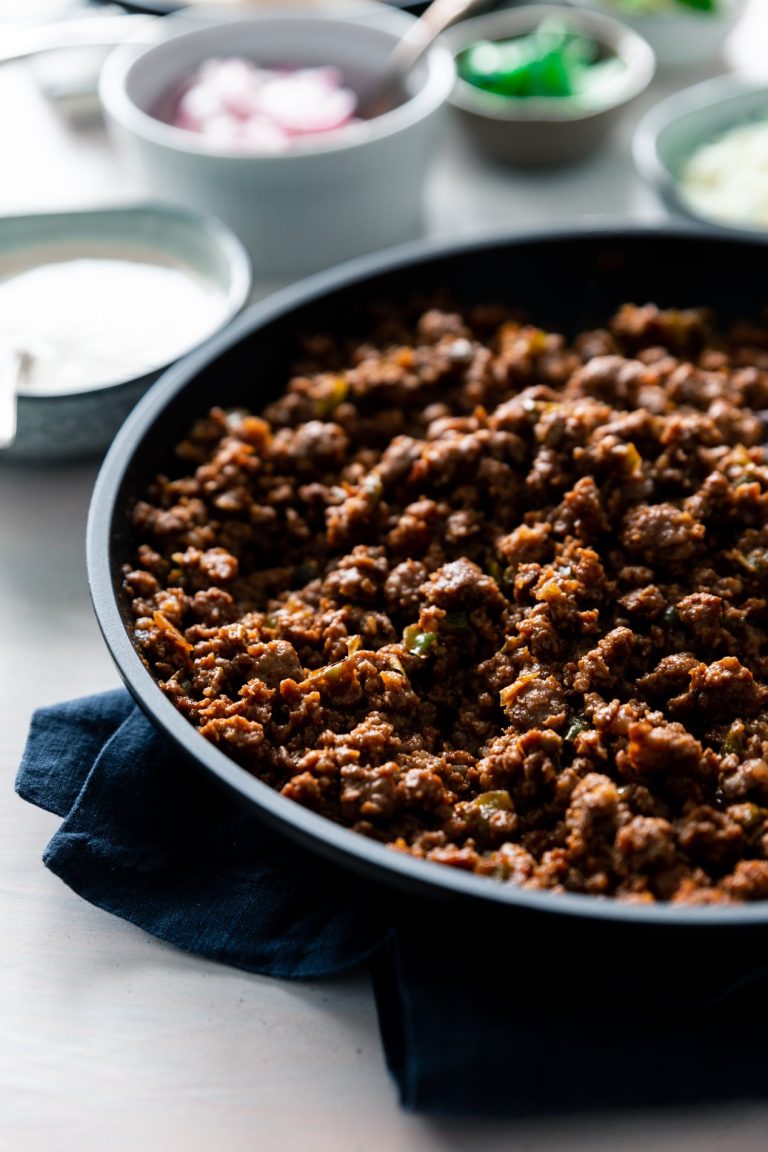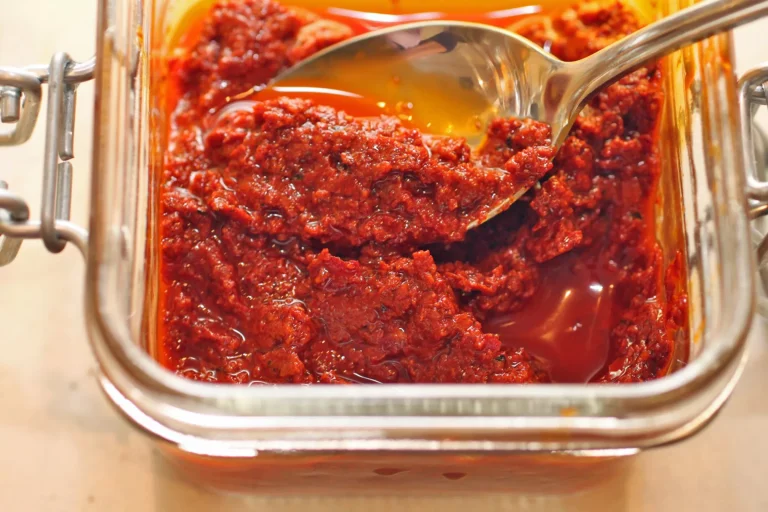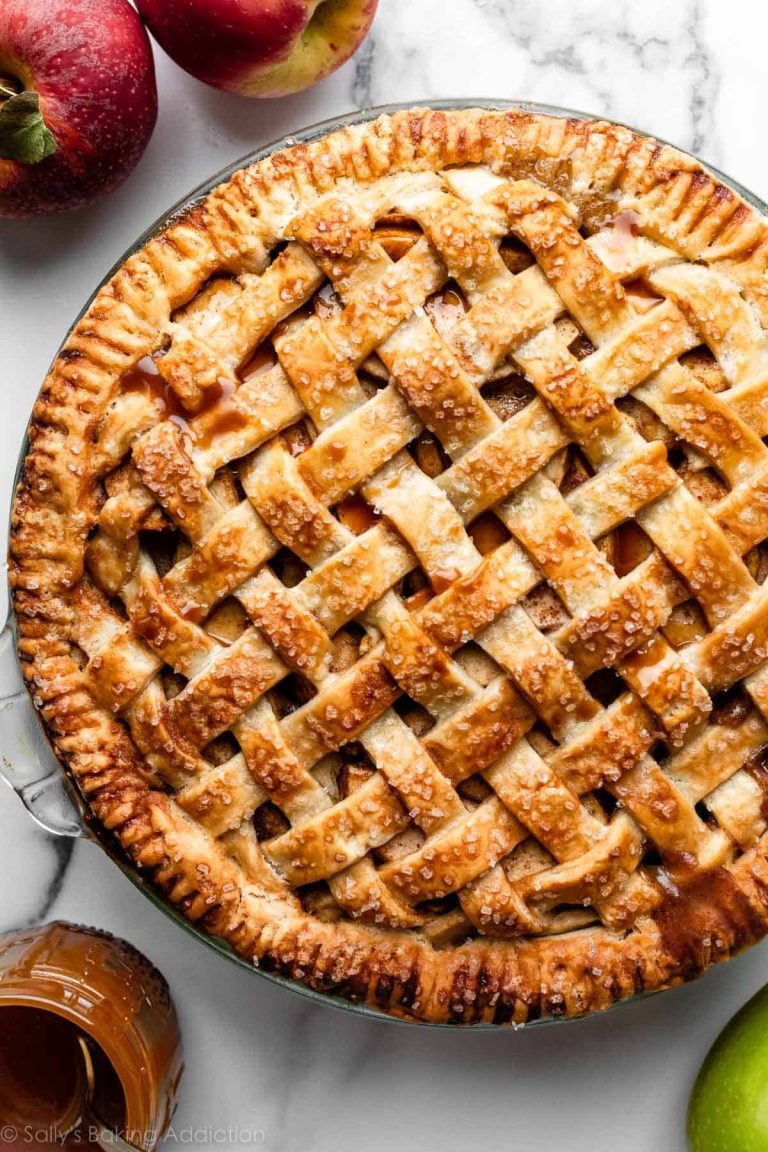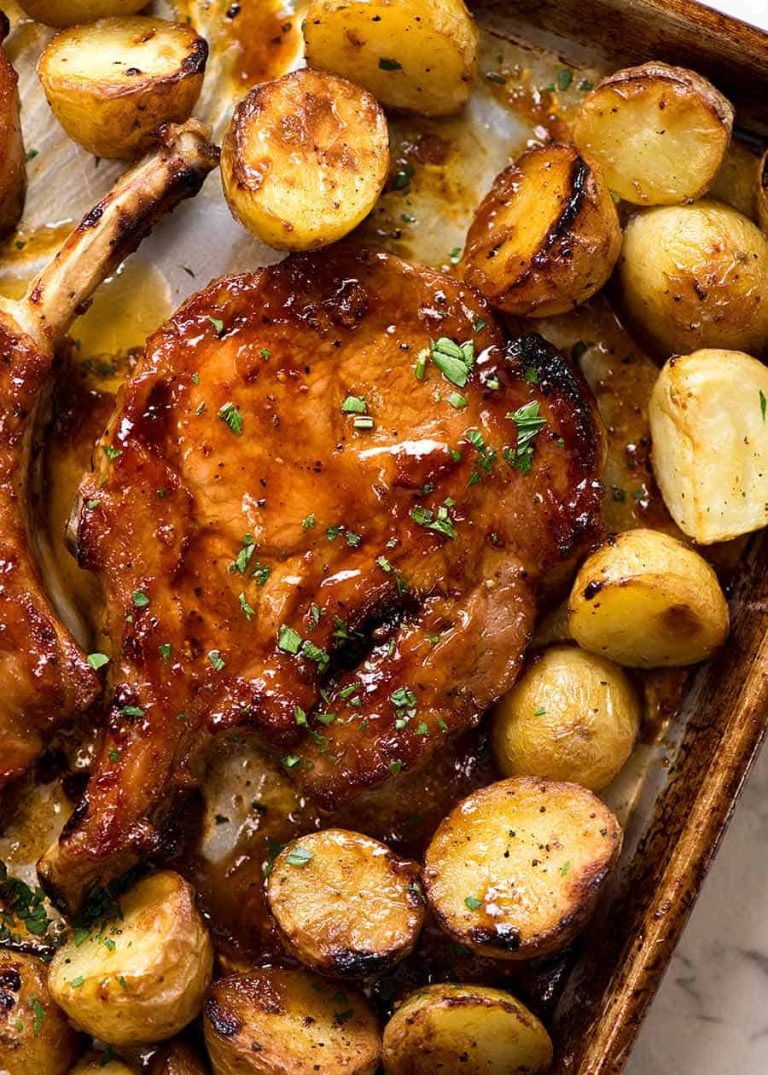Cajun Chicken And Sausage Gumbo Recipe: Taste Louisiana’s Heritage
Cajun chicken and sausage gumbo is a signature dish of Louisiana’s Cajun culture, which originated from French-speaking Acadian settlers who migrated to Louisiana in the 18th century. These settlers adapted their traditional recipes to the local ingredients available in the bayous and swamps of Louisiana. Over time, gumbo evolved by incorporating elements from African, Caribbean, and Spanish cuisines, resonating the diverse influences in Cajun cooking.
The word “gumbo” itself comes from “gombo,” a term for okra in various West African languages. While the dish has many variations, the custom of blending different culinary traditions remains a cornerstone of its identity.
Key Ingredients and Their Cultural Significance
The main ingredients in Cajun chicken and sausage gumbo each have a rich cultural history. The dark roux, made from flour and fat, originates from French cooking and serves as the thickening agent.
The holy trinity of Cajun cuisine (onions, bell peppers, and celery) forms the flavor base, showcasing French influence adapted to locally available produce. Chicken, often used for its versatility, and sausage, especially Andouille, contribute protein and depth of flavor.
Spices like paprika, cayenne pepper, and thyme reflect a blend of African, Caribbean, and Spanish traditions, adding heat and complexity. Each component of the dish represents an intersection of culinary heritage, making gumbo not just a meal but a historical tapestry served in a bowl.
Breaking Down the Recipe
The Role of the Holy Trinity
The Holy Trinity in Cajun cuisine consists of onions, bell peppers, and celery. These three ingredients form the flavor base of many Cajun dishes, including gumbo. When you dice and sauté these vegetables, they release their natural sugars and create a rich, aromatic foundation for the dish. Consistently incorporating the Holy Trinity ensures your gumbo stays true to its authentic roots.
Selecting the Right Chicken and Sausage
Choosing the correct chicken and sausage is essential for an authentic gumbo. Opt for bone-in, skin-on chicken pieces like thighs and drumsticks. These cuts offer more flavor and richness, enhancing the broth. For sausage, select Andouille or a high-quality smoked sausage. Andouille contributes a smoky, spicy profile that elevates the overall taste. Combining succulent chicken with smoky sausage delivers the characteristic depth and complexity of Cajun gumbo.
Secrets of the Perfect Roux
A perfect roux is crucial for achieving the signature texture and depth of gumbo. The roux, a mixture of flour and fat (usually oil or butter), needs to be cooked slowly until it reaches a dark brown color. This process can take 20 to 45 minutes and requires constant stirring to prevent burning. The key is patience—taking your time here infuses the gumbo with a deep, nutty flavor that’s indispensable to the dish.
Cooking Techniques and Tips
Stages of Preparation
Mastering Cajun chicken and sausage gumbo relies on following distinct preparation stages. First, prepare the vegetables, known as the Holy Trinity: onions, bell peppers, and celery. Chop these finely for even cooking and a cohesive flavor profile. Next, create a dark roux by combining equal parts of oil and flour. Stir continuously on medium heat until the mixture reaches a rich, chocolate-brown color, which may take 20-30 minutes. This step is crucial for the gumbo’s thick texture and deep flavor.
After the roux, add the Holy Trinity and sauté until softened. Then, incorporate minced garlic, cooking for another minute until fragrant. Add the sausage pieces, preferably Andouille, to the mix, allowing them to brown slightly. Next, pour in the chicken stock, stirring to combine all ingredients, and bring it to a simmer. At this stage, add seasoned chicken pieces, typically bone-in and skin-on for richer flavor, and let them cook through.
Lastly, let the gumbo simmer for at least one hour, allowing flavors to meld. Skim off any excess oil that rises to the top. Adjust seasoning with salt, pepper, and Cajun spices as needed before serving over steamed rice.
Common Mistakes to Avoid
Avoid clumping when making the roux by stirring constantly. This prevents burning and ensures a smooth consistency. Also, resist rushing the roux; it needs time to develop its deep color and complex flavor. Another frequent mistake is adding the vegetables too soon before the roux reaches the right shade, which compromises the dish’s robustness.
Using low-quality sausage can dull the gumbo’s smoky essence. Opt for authentic Andouille sausage to maintain rich and complementing flavors. Furthermore, always use bone-in, skin-on chicken; boneless, skinless pieces lack the necessary depth and moisture.
Overlooking seasoning adjustments is a common pitfall. Taste the gumbo periodically and adjust spices as needed. Employing pre-made Cajun seasoning mixes sparingly can prevent overpowering the dish’s natural flavors. Lastly, ensure proper simmering time to enhance the gumbo’s taste; shortcuts here can result in underdeveloped flavors.
By adhering to these techniques and tips, you’ll ensure your Cajun chicken and sausage gumbo turns out rich, flavorful, and authentically satisfying.
Serving and Pairing Suggestions
Ideal Side Dishes
Pairing your Cajun chicken and sausage gumbo with the right side dishes enhances the meal’s overall flavor profile. Traditional options include steamed white rice, which soaks up the rich gumbo sauce. Consider serving cornbread for a hint of sweetness that balances the dish’s savory elements. Another complement is potato salad, often served alongside gumbo in Louisiana, providing a creamy contrast. For a lighter option, a simple green salad with a tangy vinaigrette refreshes your palate between bites.
Recommended Drink Pairings
The right drink pairing elevates your Cajun chicken and sausage gumbo experience. Beer is a classic choice; a crisp lager or a hoppy IPA harmonizes well with the dish’s robust flavors. For wine enthusiasts, a chilled Sauvignon Blanc or a light Pinot Noir offers a pleasant contrast to the gumbo’s richness. If you prefer non-alcoholic beverages, iced tea with a splash of lemon provides a refreshing complement, while a sparkling water with lime cleanses your palate.
Conclusion
Making Cajun chicken and sausage gumbo is a rewarding experience that brings the rich flavors of Louisiana right into your kitchen. By focusing on the essential elements like the dark roux and the Holy Trinity, you can create a dish that’s both authentic and delicious. Remember to choose high-quality ingredients and take your time with each step to avoid common pitfalls. Pair your gumbo with complementary side dishes and drinks to elevate your meal even further. Dive into this culinary tradition and enjoy the hearty, flavorful journey that Cajun chicken and sausage gumbo offers.






